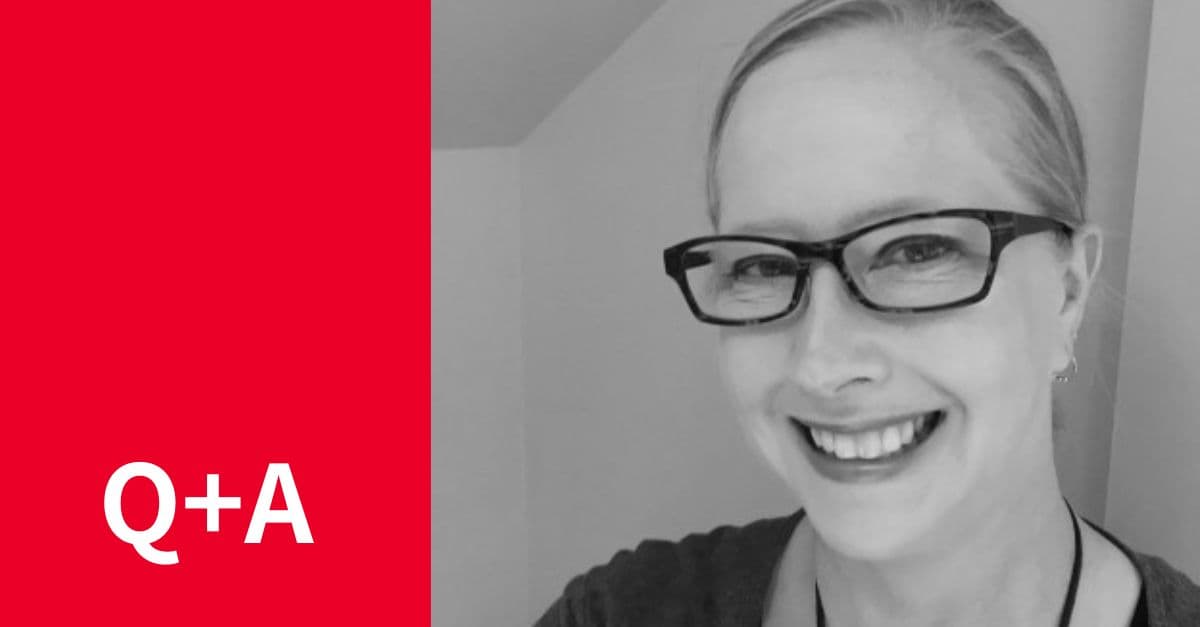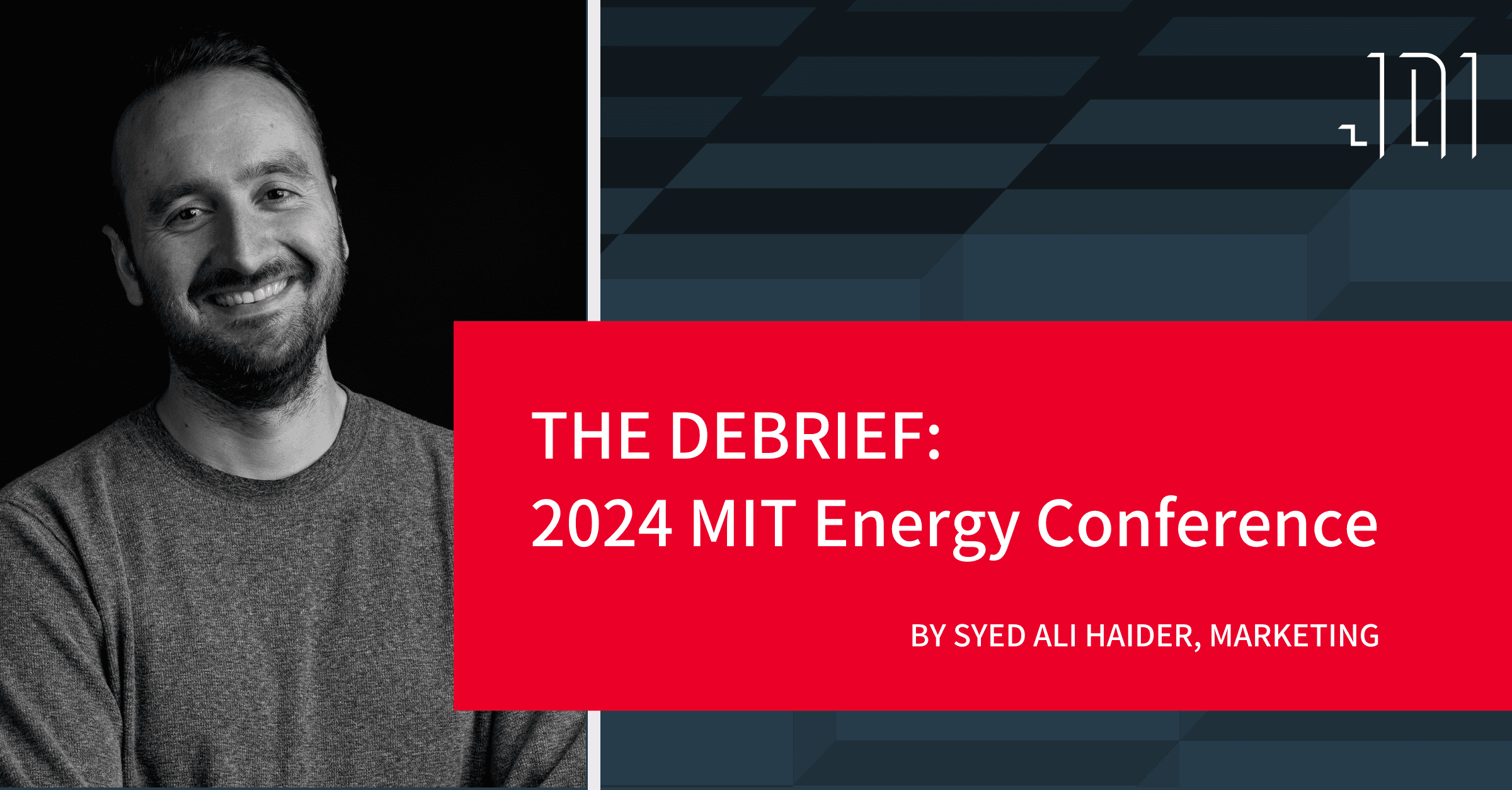Q&A with Pam Lauritzen
Can you tell us how the DNA Doe Project started?
DNA Doe Project (DDP) was the brainchild of Drs. Margaret Press and Colleen Fitzpatrick in 2017. Genetic Genealogy had been an up-and-coming pursuit for a number of years and had been successfully used to help adoptees and family historians locate their DNA relatives. Having found this type of work rewarding, Margaret and Colleen wondered if the technique could be used to resolve other types of genetic mysteries. Around the same time, another group was using the same techniques to identify the Golden State Killer in California.
DDP’s co-founders envisioned a group of dedicated volunteers who could help address the monumental backlog of unidentified remains in the US — some estimate upwards of 50,000 people without names. For investigative genetic genealogists, there is a mountain of red tape that surrounds working with the justice system: from navigating the jurisdictional overlap between multiple state and federal agencies at a time, to the various regulations and legal considerations inherent in working with human remains and DNA. The founders brought in their friends and relatives, and went about seeking the DNA Doe Project’s first cases by reaching out to law enforcement and medical examiners, overcoming intense skepticism within the close-knit community of professional crime solvers.
Their very first clients were eager to explore a new technique as a last resort on cases that were long cold. In April, 2018, DDP announced its first resolved case, identifying “Buckskin Girl”, a young murder victim who had died in Ohio in 1981 as Marcia King. Soon after, Joseph DeAngelo was arrested and charged with the crimes of the Golden State Killer, and investigative genetic genealogy had officially burst onto the landscape of American justice.
What is investigative genetic genealogy? How does it differ from representations in media and film?
Investigative Genetic Genealogy (IGG) is a set of research techniques that uses DNA to identify an unknown subject. But, the use of DNA is just the starting point in the process — much of the work looks like traditional genealogy. Often, the media portrays DNA analysis as a print-out that pops out of an impressive piece of equipment that names a definitive match. In reality, algorithms used by the databases we use provide a long list of DNA relatives based on the amount of DNA shared with the subject. Analysis of the amount of shared DNA, and sometimes the specific segments of shared DNA, can allow for reasonable assumptions about the relationship between a match and the subject. The higher the amount of shared DNA, the closer the relationship. Building family trees to connect the relatives who share DNA, investigative genetic genealogists can zero in on a candidate by finding their specific branch of the tree.
What are some of the challenges that the DNA Doe Project faces in the cases they take on?
Probably the biggest challenge the DNA Doe Project faces is funding for our work. The cases we take are inherently cold cases — if they could have been solved through traditional investigative techniques, they would have been. Law enforcement agencies, facing budget pressures, need to focus their resources on solving the cases they can solve, so cold cases often are not well resourced. Using IGG requires expensive lab work to develop a DNA profile, costing upwards of $5,000 per case with no guarantee of success. As a non-profit organization powered by volunteer expertise, we think our model is ideal to take on the toughest of cases since we can leverage our donor base to help with funding and provide IGG services free of charge.
Once our cases make it through the labs to enter the research phase, they can also face other challenges. In rare instances, the biggest hurdle for a cold case is just getting the DNA profile developed from a challenging biological sample. More commonly, though, DDP needs to build out extensive family trees to establish the relationship between the Doe’s profile and their DNA relatives in the database. Across all DNA databases and genealogical records, people of color and recent immigrants are vastly underrepresented, making these cases an even greater challenge. Fewer profiles in the database mean investigators are trying to link relatives that tend to be more distantly related. On some of the toughest cases, we are waiting and hoping that new uploads to the database will provide the key to unlocking an identity.
Many times, the people who end up as Jane or John Does are disconnected from their families and communities. They may have struggled with mental illness, addiction, homelessness, or were just pushed to the margins of society. When their lives come to an end and their remains are discovered, they are nameless and often far from home. Resolving these cases is particularly rewarding and bittersweet for our volunteers.
What have been the key technologies and/or discoveries that have empowered investigative genetic genealogy in the last decade?
The explosion of interest in family history and genealogy over the past 15 years or so has made the field of IGG possible. Private companies offer DNA tests to regular citizens, along with powerful tools for researching their heritage and tracking down ancestors and relatives. Many people upgraded their interest in traditional genealogy to explore genetic genealogy, discovering distant cousins they had never known about. But, it’s a double-edged sword. More often that you’d think, people exploring their genetic heritage find family secrets that had been long buried. Misattributed parentage, adoptions, and misrepresented countries of origin are common, as are half-siblings that no one knew existed.
And yet, the privately-held databases continue to grow at a rapid clip. Two of the companies make their databases available for research into unidentified remains and certain forensic cases, which has been the key to the development of IGG to resolve these cases. Advancements in the processes needed to develop a DNA profile from various biological samples have also made it possible to successfully use IGG. Now, it’s possible to get DNA from highly degraded samples and even rootless hair, making it possible for even the coldest of cases to be resolved.
Investigative genetic genealogy is a young field. What challenges and opportunities do you see arising as the field matures?
We’ve often referred to the state of our emerging field of work as the “wild, wild west” days of its development. The people and organizations doing IGG are creating the tools and standards for the work as they go. To mix metaphors, we are flying the plane while constructing it. And none of us know where we’ll land in the end. Some of our biggest challenges aren’t actually about the DNA or the records needed to resolve cases, but instead relate to the ethics of our work and concerns that the public and government have about privacy. These two topics are very intertwined: misconceptions about the DNA profiles we have access to, concerns about informed consent and the rights of individuals to control access to their family records, and initiatives designed to put some rules around how IGG is performed are all surfacing often in our professional circles.
Efforts are underway for leaders in the IGG field to take the lead on developing ethical guidelines, standards and certification for practitioners of IGG. As a technique, IGG has tremendous power and promise to revolutionize criminal investigations and the identification of human remains. We see it as akin to the development of fingerprint analysis as an investigative tool, but on steroids. It’s much harder for a criminal to avoid leaving any biological trace at a crime scene than it is to avoid leaving fingerprints. Recent advances in lab processes have allowed scientists to collect workable DNA from dust, and even air.
The DNA Doe Project recently hit 100 successful identifications — what are the next goals for the organization?
The DNA Doe Project is in a transitional phase as we bring on professional staff, build our Board, and make plans for the long-term sustainability of the organization. The number of unsolved human remains cases in the US alone is estimated to be upwards of 50,000, so there is still so much work to do. We continue to seek out the cases that need us most and to build our capacity to take the cases that come to us without funds for the work. Our collaborative model, with investigative genetic genealogists working in teams and sharing expertise, allows for our volunteers to hone their skills on real cases, growing the ability of the IGG field in general to do effective and ethical work. In short: we’re just getting started.
Anything else you would like to add or that we missed?
When a company like JDI came knocking with an offer to help us with positioning and messaging, we jumped at the opportunity. The expertise our JDI consultants brought to the work helped our management team clarify our audiences and how we want to collectively talk about the work we do. The resulting materials and messages have empowered us all and informed important upgrades to our public-facing and donor-facing materials. We are incredibly grateful to have been selected for this pro-bono project and look forward to keeping in touch with our friends at JDI.




